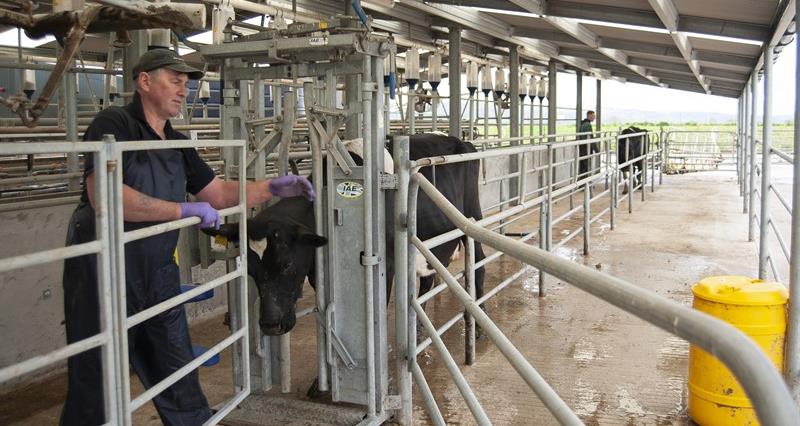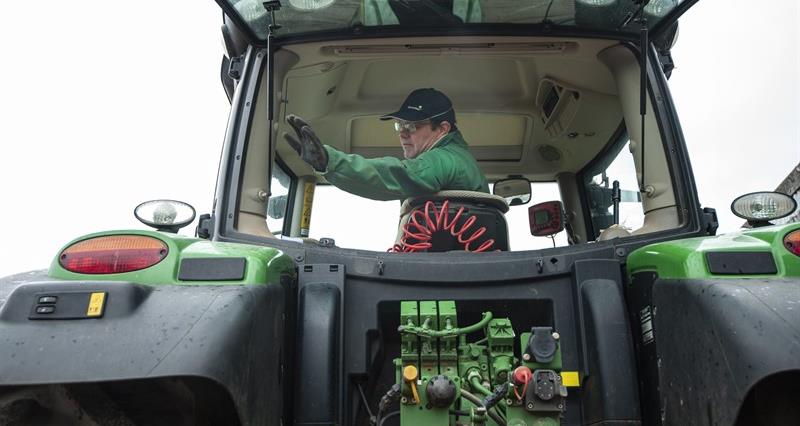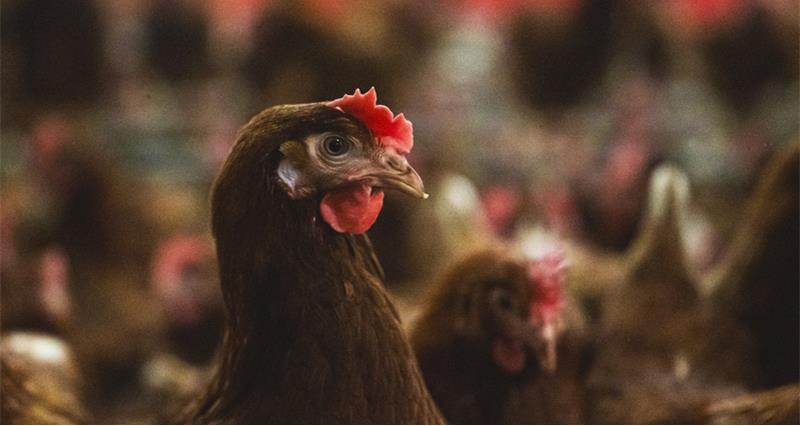With the deadline (midday on 10 January 2025) for claiming the FETF (Farming Equipment and Technology Fund) 2024 grant approaching, it’s important to ensure your claim application is correct, includes all of the necessary evidence and is submitted in good time.
The RPA will only pay for:
- eligible items in your grant funding agreement, which may not be all the items included in your application
- items that you have bought after you receive your grant funding agreement (unless you’re using a refundable deposit).
1. Submit in good time
For each grant funding agreement accepted, it is always advisable to ensure your corresponding claim and associated evidence is submitted in advance of the final deadline. You can only submit one claim per FETF grant theme.
If there is a spike in claims submitted close to the deadline, that can lead to delays in processing and payment due to the volume of claims submitted.
The final deadline for claiming is midday on 10 January 2025. You will need to separately submit between one and three claims depending on how many different FETF themes you have successfully applied for.
As a reminder, the three FETF themes were productivity, slurry, and animal health and welfare. The total grant amount a single business could apply for was £125,000, and this was split with £50,000 being the maximum available under the productivity and slurry themes, while the animal health and welfare theme was limited to £25,000.
The minimum grant amount for any theme was £1000 to be able to claim. Meeting the minimum grant amount will be based on the value of items purchased which are in excess of this grant level, as the grant is a contribution towards the cost of the eligible items.
Each FETF claim needs evidence to be submitted as set out below:
- Copies of invoices for items purchased.
- Copies of business bank, building society or business credit card statements which shows the items have been paid in full.
- Photographic evidence of each item.
The RPA may reject all or part of your claim if you do not submit the correct evidence.
2. Getting your photographic evidence right
Your FETF claim needs evidence showing the item(s) are on the farm. These pictures can sometimes cause issues due to not being high enough quality, or incomplete images which are partially obscured.
The best way to ensure your images are satisfactory is to take them in good weather with plenty of light. The items themselves must be clearly visible and free from any packaging they might have.
Certain items may also specify a need for a picture of the serial number, or a manufacturer’s plate; you will need to check the specification to ensure you have supplied one where it is required.
If any of your pictures are poor quality and cannot be accessed, the RPA can ask you for further images. This is avoidable by ensuring accurate and clear pictures are submitted the first time to save time and avoid possible delays.
Full guidance on photographic evidence can be found at .
3. Ensure your payment details are correct
Payment details are equally important for an FETF grant claim – not only must the items being claimed for match your grant funding agreement document, but the associated information provided must also be correct to avoid an impact on your claim payment(s).
A purchase invoice must clearly show the following information:
- The cost of each item.
- Include the manufacturer’s make and model.
- Quote the relevant FETF 2024 item code from the item and specification list; for example a 4m direct drill would need code FETF205.
- Be addressed to the same individual or business as the GFA.
- Show the supplier’s name, address, VAT number and date.
- Be marked by your supplier to show you used a refundable deposit to buy the item, if applicable.
If invoices contain items which are not a part of the FETF claim, it’s important to ensure you mark these items clearly.
Try and keep your FETF items on separate invoices and on separate payment transactions for ease of record management.
If you have a supplier account and you have used it to pay more than one invoice, you will need to provide copies of all the invoices included in the payment. There are additional rules if using an item through a buying group or a transaction does not match the FETF item amount set out in the RPA guidance.
Payment evidence must show that the item has been purchased in full by the business. Purchases made in cash or through a personal bank account are not acceptable.
Lease or hire purchase agreements are not acceptable for the grant funding agreement.
Copies of statements (bank, building society or credit card) need to be supplied as a part of the payment evidence. This is so the RPA can ensure that your named business has purchased the items and that all corresponding details match the grant funding agreement.
Your statements must include the following information:
- Bank or building society’s name and logo.
- Account holder name in full and account number.
- Transaction date.
- Transaction type (including payee reference or cheque number).
- Transaction amount.
Any personal information can be removed from the statements that is not relevant to the claim.
Failure to provide these details could see delays to your claim being paid. It is important that you ensure each claim submitted is correct, particularly for those with multiple agreements, and therefore multiple claims.
4. Check your grant funding agreement
As a part of the claim process, it is advisable to double check the terms and conditions of your agreement and ensure you understand these, and their possible implications for the future.
Don’t forget the minimum specifications for each eligible item you’re claiming for. If a piece of equipment meets two or more specifications, you can only apply for funding for one item.
A claim cannot be made where items are bought using part exchange, second hand, ex-demonstration and ‘try before you buy’, or had already been bought prior to the grant funding agreement.
Items purchased using the FETF must be kept on the claimant’s farm and be used as intended for five years from the date the claim is paid, while a claimant must keep the associated paperwork from this grant for a total of seven years from the claim payment date.
The RPA has been checking these rules in recent years including site visits during these periods.
Checking your grant funding agreement will also help remind you of any specific information which may be required from your evidence and will ensure your claim submission is correct in time for submission.
If you are happy with your claim, once the claim is submitted you will receive an email confirmation.
If you do not receive an email acknowledging receipt of your claim, contact the RPA for help.
The RPA will aim to pay each FETF theme claim within 30 working days of receiving it or within the published timescales for the claim submission window. If you do not submit the correct evidence, it may take longer for your payment to come through.
Payments are made to the bank or building society account attached to your business’s main SBI (single business identifier) number in the Rural Payments service. The RPA will send you remittance advice when you’ve been paid.
The RPA will pay each FETF grant theme separately.
5. Contact the RPA early to head off issues
Should you have any issues when sourcing the items under your FETF grant, then it is advisable to contact the RPA as soon as you can. Previously, there have been situations where a claimant is unable to secure all or part of their FETF claim items.
It is advisable to do this as soon as possible rather than waiting until your claim submission. Acting now will allow the RPA sufficient time to address these challenges well in advance of the claim processing which will only increase in scale as we approach the deadline.
If you want to change or remove an item because it’s not available, your application must still be within the minimum and maximum grant values.
The revised total score must still be more than the minimum threshold.
The RPA cannot consider requests to add additional items. If you want to change an item in your grant funding agreement before you submit your claim, for example to a similar item or higher specification, you must contact the RPA.
Email [email protected] before the claim deadline and include:
- the make, model and quantity of each item
- email evidence to show which suppliers you’ve tried to source the item from.
6. Support is available
Please contact the RPA if you need help with any of the following:
- submitting your claim or supporting evidence
- correcting a mistake after you’ve submitted your claim.
You can email [email protected] or call the RPA helpline on 03000 200 301 and select the Farming Equipment and Technology Fund option to be put through to an RPA adviser.



